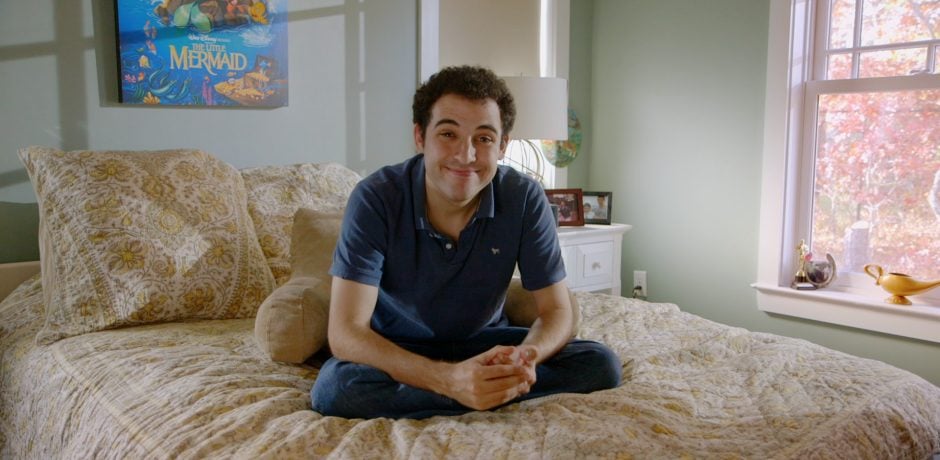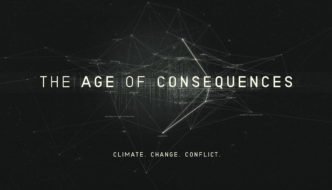
The majority of readers will have grown up with Disney as a part of their childhood. Whether it was a toy their parents got them for Christmas or a princess-themed birthday party, many of us can connect with each other through these shared memories. Based on Ron Suskind’s novel, Roger Ross Williams’ new documentary Life, Animated uses this nostalgic connection to tell the inspiring story of a boy with autism who used Disney to understand the world.
The documentary begins with a seemingly ordinary father-son video: three-year-old Owen and his father Ron Suskind are in their garden enacting a scene from Peter Pan. Owen, enthralled by his imaginary Neverland, chats excitedly to his father, instructing him on how to be a good Captain Hook. The scene then changes dramatically as his parents describe how “Owen vanishes”. They list a number of symptoms that signal autistic behavior: garbled language, refusal to eat, lack of social interaction.
Hope seems lost, until one day, whilst watching The Little Mermaid, Owen repeats “Juservoys”. His parents – at first confused – soon realize he is mimicking Ursula’s line, “Just your voice”, a profound line for someone who until then had been living in silence. The documentary goes on to show how from that day onwards, Owen uses Disney to engage with the world. Facial expressions become easier to distinguish, given the exaggerated nature of Disney drawings. Emotional struggles, like a young boy’s wish to not grow up, become more understandable. Even basic things, like learning how to read using the end credits, Owen does through Disney.
Williams, in turn, has used Owen’s understanding of the world to infuse his film with life. Much like Mark Haddon’s The Curious Incident of the Dog in the Night Time, the film makes use of the chosen medium to portray autistic experiences in the most visually and audibly accessible way. Williams manages to recreate the noises which Owen presumably hears, as well as using animations to depict the world as Owen may have seen it. He thus creates a world which is at once strange and familiar; reality is imbued with a new and vivid perspective.
What makes Williams’ film so clever is the fact that it is a disguised feel good movie about a twenty-three-year old that has to go through the same challenges that every other twenty-three-year old goes through: finding a job, a relationship, moving out of the house. It just so happens that this particular twenty-three-year old has autism. Life, Animated is described as an emotional film, yet it never asks the audience to feel sorry for Owen due to his condition. The emotional moments come with emotional situations, but – crucially – our emotion never peaks as a result of pity.
On the other hand, Williams never asks the audience to look at life through a rose-tinted lens. Although the movie is centered around Disney and its “happily-ever-afters”, Williams makes sure to highlight the possible obstacles that Owen and his family have to face. His brother, Walter, mentions the difficulties of having to teach his brother about love and sex, given that Disney is Owen’s main referential. There is also the concern about what will happen after Owen’s parents are gone: who will be there for Owen when he needs help? Who will financially support Owen? These are all inevitable questions that will one day have to be answered.
Despite the difficulties that are left unanswered, Williams ends the documentary on a realistically positive note. He emphasizes Owen’s capabilities and the progress he has made in the last twenty years, leaving the audience with a certainty that, whatever obstacles he may face, Owen will be alright. Williams thereby redefines autism: no longer is it the sort of life-sentence that Ron Suskind described autism as being in the nineties. It is simply as an obstacle in life, which is certainly not to say that there is no life. Simply that life could be different. Life could be Animated.




Comments